|
It's National Poetry Month! You didn't think I'd let that slip by unnoticed, did you? What better way to pass the time while waiting for spring's late arrival than to read—or write—a bit of poetry? Short on inspiration? Look no further than the things you encounter every day. 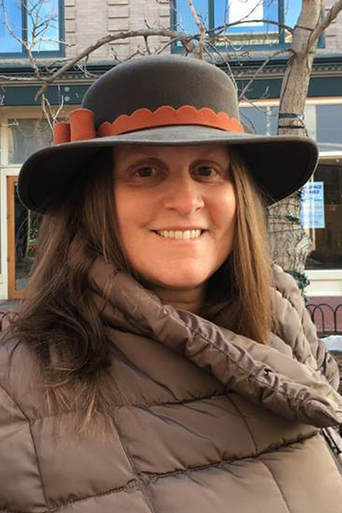 Cristina Trapani-Scott Cristina Trapani-Scott That's the advice of this week's guest, Cristina Trapani-Scott. I first met Cristina fourteen years ago at Bear River Writers' Conference. After the conference, we formed a writers' group with another writer we'd met there. The result was the Sister Scribes, an Ann Arbor-based group that eventually added three more members and became a source of support and motivation for all of us. 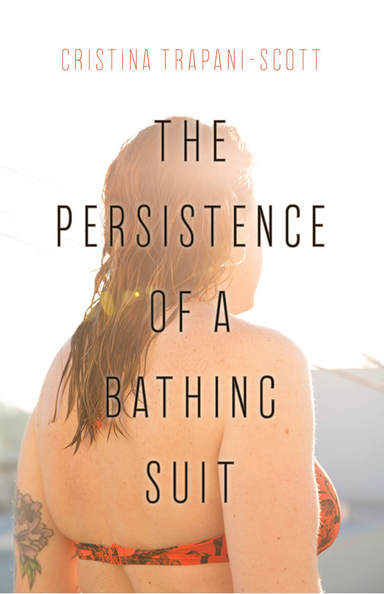 Cristina's debut chapbook collection of poems was published last year Cristina's debut chapbook collection of poems was published last year An author, educator, and former journalist, Cristina now lives and writes in Northern Colorado. Her debut chapbook collection of poems, The Persistence of a Bathing Suit, published in 2017 by Finishing Line Press, explores the moments that fill the space between surviving a breast cancer diagnosis and accepting the inevitability of change and uncertainty. Cristina's work has appeared in the Patterson Literary Review, Hip Mama Magazine, the Driftwood, Bigger Than They Appear: An Anthology of Very Short Poems, and Sweet Lemons 2: International Writings with a Sicilian Accent. She holds an MFA in poetry and fiction from Spalding University and currently teaches creative writing and composition online. Find Poetry in Everyday Things |
Written from the heart,
from the heart of the woods Read the introduction to HeartWood here.
Available now!Author
Nan Sanders Pokerwinski, a former journalist, writes memoir and personal essays, makes collages and likes to play outside. She lives in West Michigan with her husband, Ray. Archives
April 2022
Categories
All
|
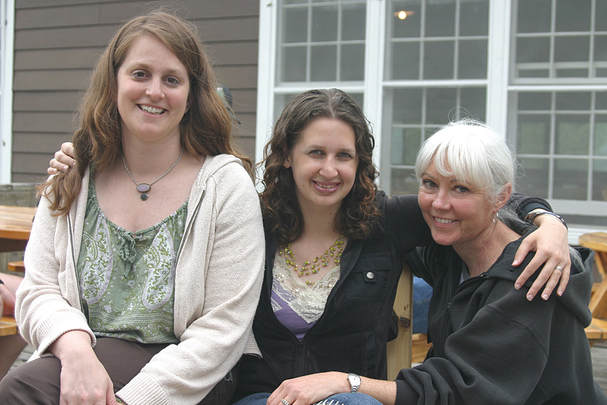
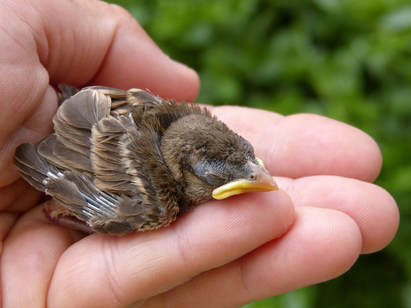
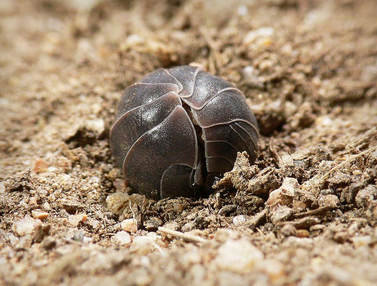
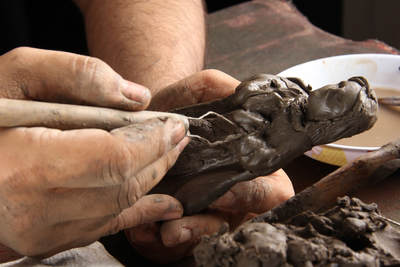

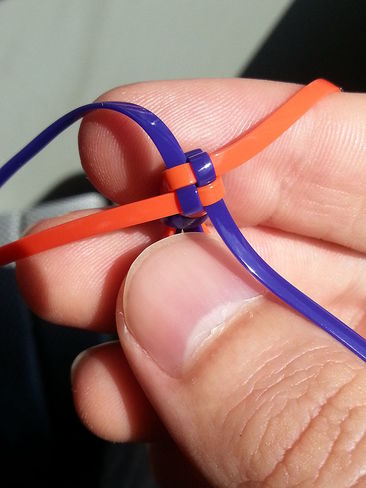

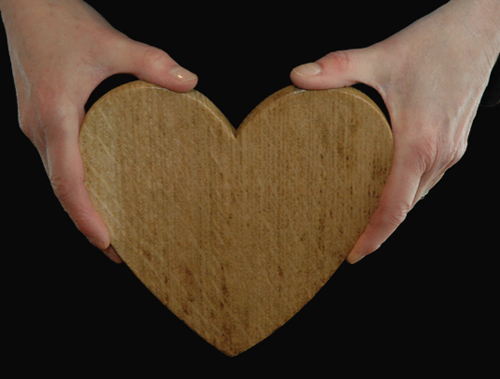
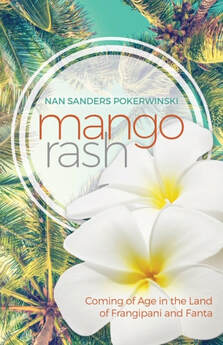
 RSS Feed
RSS Feed